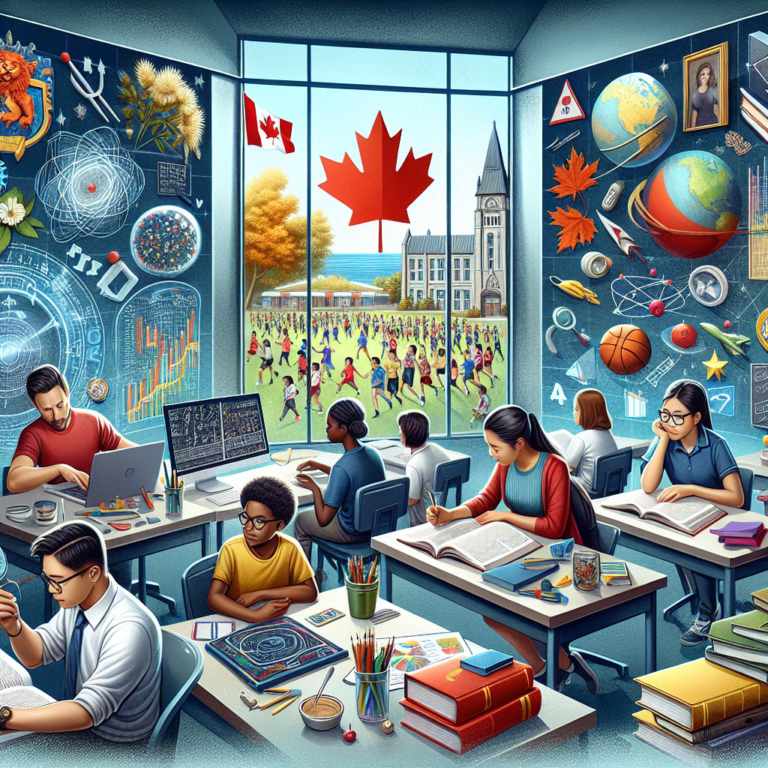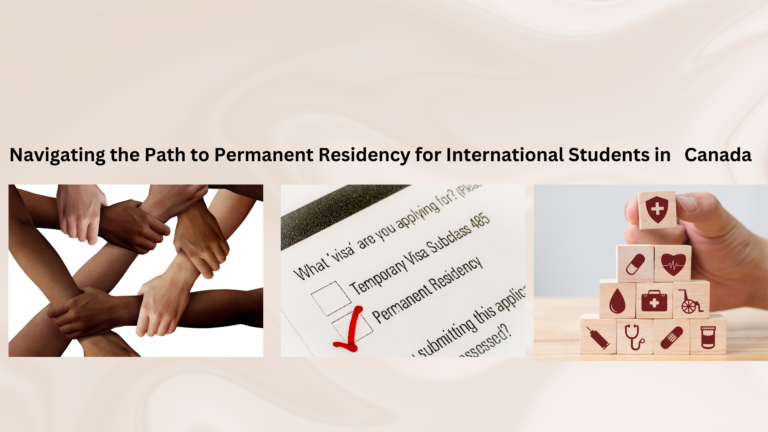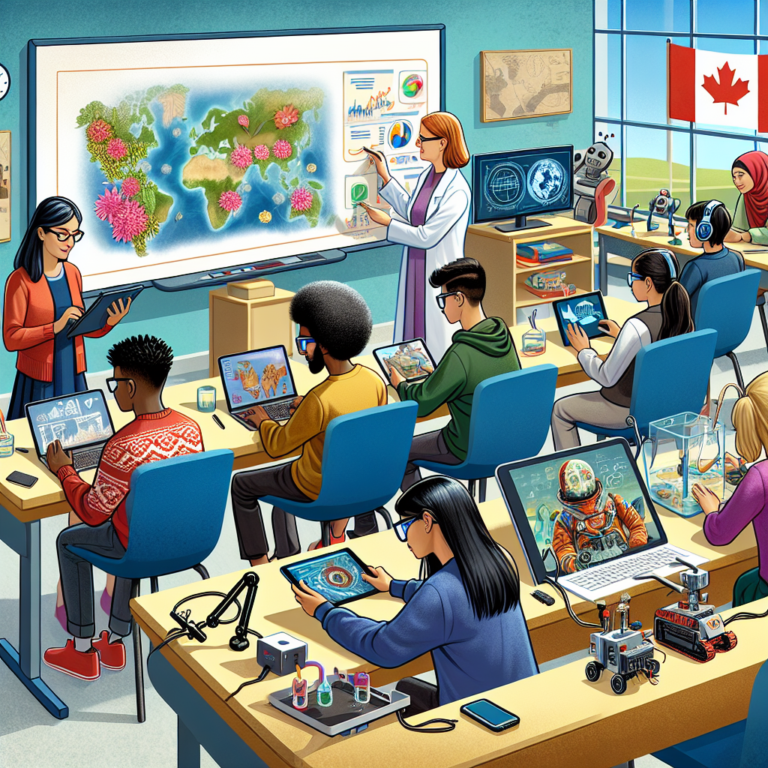How does the curriculum in Canadian schools prepare students for the real world?
Introduction
Canada’s education system is renowned for its balanced approach, blending theoretical knowledge with essential life skills. In this post, we’ll explore how Canadian schools equip students with the tools they need to succeed, both professionally and personally, in a globalized society. From critical thinking and problem-solving to real-world applications, we’ll dive into what makes the Canadian curriculum stand out. So, how does this system truly prepare students for the real world? Let’s find out.
Advantages
1. Emphasis on Critical Thinking and Problem Solving
Canadian schools encourage students to think independently and creatively. From math to humanities, students are pushed to analyze and evaluate information rather than simply memorize it. This fosters critical thinking, which is a key skill in both the workplace and daily life.
2. Focus on Practical Skills
Beyond traditional subjects, Canadian schools incorporate financial literacy, communication, and teamwork into the curriculum. Whether it’s balancing budgets or presenting ideas in front of peers, these skills are crucial for navigating adulthood.
3. Exposure to a Global Perspective
In a multicultural country like Canada, students learn about different cultures, global issues, and international relations. This global perspective prepares them for the increasingly interconnected world they will face after graduation.
Disadvantages
1. Overemphasis on Standardized Testing
While standardized tests are important to gauge student progress, some argue that they can stifle creativity and stress students out. The curriculum, at times, may lean too much on these assessments, focusing on performance rather than true understanding.
2. Limited Vocational Training
Although there is a growing emphasis on career readiness, some believe that Canadian schools still lack sufficient vocational training. Students who prefer hands-on learning might feel underserved, especially when compared to systems that focus heavily on trades and apprenticeships.
Problems and Concerns
1. Inequality in Access to Resources
While the Canadian curriculum is designed to be inclusive, students in rural areas or underfunded schools may not have the same access to advanced technology or resources as their peers in more affluent regions.
2. Lack of Mental Health Education
While awareness is growing, the curriculum could do more to address mental health. The pressures of school and life can take a toll on students’ mental well-being, and integrating more comprehensive mental health education would benefit them in the long run.
Dos and Don’ts of the Canadian Education System
Dos:
- Encourage active participation in discussions and debates to build communication skills.
- Make use of technology and interactive learning tools to engage students.
- Promote collaboration through group projects, which mirrors real-world teamwork.
- Encourage students to pursue extracurricular activities like clubs or sports to develop soft skills.
Don’ts:
- Don’t rely solely on textbooks—integrate real-world scenarios and case studies into lessons.
- Don’t focus purely on grades; balance academic success with personal growth and mental health.
- Avoid teaching only for exams—ensure students understand the practical application of their learning.
FAQs
- How do Canadian schools teach practical skills?
Canadian schools incorporate practical subjects like financial literacy, health, and physical education, which help students navigate adulthood. - Are Canadian students prepared for university life?
Yes, the focus on critical thinking, research skills, and independent learning prepares them well for the academic challenges of higher education. - Do Canadian schools offer career guidance?
Yes, most schools offer career counseling, internships, and co-op programs to help students explore career paths and gain experience. - How does the Canadian curriculum address mental health?
While some schools have made strides in offering mental health support, it is still an area that many educators and policymakers believe needs more focus. - Is vocational training available in Canadian schools?
Some provinces offer vocational courses, but the overall emphasis is still on academic education rather than hands-on trades.
My Advice
As someone who has navigated both academic and real-world environments, my advice is to make the most of the opportunities that Canadian schools offer. While the curriculum may not be perfect, the focus on critical thinking, collaboration, and practical skills can provide a strong foundation. Supplement your education with real-world experiences like internships, part-time jobs, or volunteering. These experiences will help you transition smoothly into adulthood and make you more adaptable in a rapidly changing world.
Conclusion
In conclusion, the Canadian school curriculum does an admirable job of preparing students for the real world by focusing on critical thinking, global awareness, and practical skills. However, there are areas that could be improved, such as vocational training and mental health education. For students, the key takeaway is to actively engage in all aspects of the curriculum and seek out additional experiences that will help them thrive beyond the classroom.







